affguy
Shiny_Rock
- Joined
- Feb 18, 2011
- Messages
- 119
I've got my search for an emerald cut diamond narrowed down to two stones, one an F IF, 63% table, 66.5% depth and the other a D VVS1 with 65% table and 65.2% depth. Both are GIA VG polish/symmetry, but the IF's cut is listed as excellent whereas the VVS1's is listed as VG. Are these likely to be subjective evaluations by a gemologist? Or a standard practice of giving one grade higher than pol/sym? Or are there actually some standards by which these grades are given?





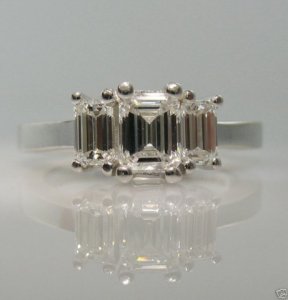
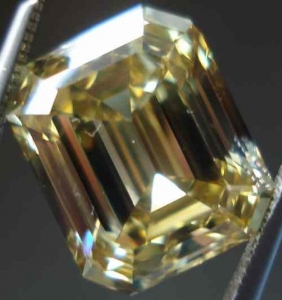
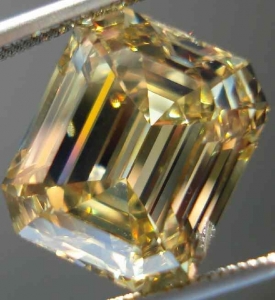
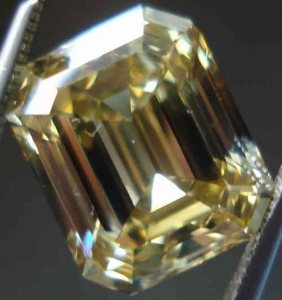
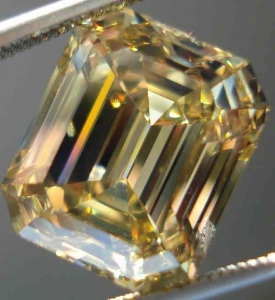
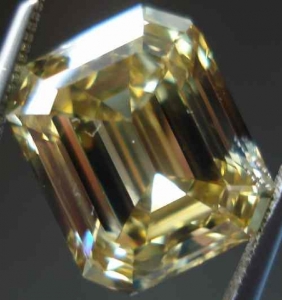
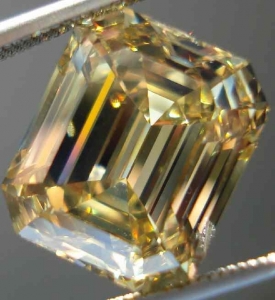
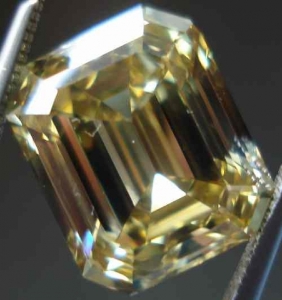
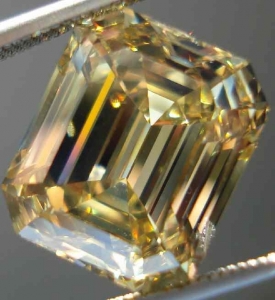
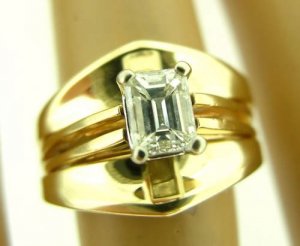


300x240.png)